This model is generally found in manganese shades, rarely polychrome as here.
Good condition, despite enamel swings and chipping around the plate, no restoration.
Dimensions: 23cm
A similar -manganese one, in the famous Louis Heitschel collection dedicated to french revolutionnary ceramics, n ° 365 (see the work of Mr Claude BONNET)
Bibliography * "Le Vengeur-du-Peuple or Marseillois is a warship French in service from 1766 to 1794.
It was a third-rank ship of the line carrying 74 guns on two decks. It is known to have sunk during the Revolution under circumstances which french Revolution propaganda has glorified. "
* Text published on 23 05 2019 herodote.net, the media of History, in With the kind contribution of Alain Degny, Association des Amis du Musée de la Marine:
"On Sunday June 1, 1794, at the Revolution' s height, a French squadron delivers a desperate fight to English fleet, off Brest
A french bad shape navy
Since the monarchy fall, the former royal navy suffers from a serious material decay. Most of them have lost all competence and the crews no longer know discipline. Admiral Louis Thomas Villaret de Joyeuse, who commands the Brest squadron, has only 23 ships and 16 frigates, with crews and very mediocre officers. He is one of the few quality officers of the Ancien Régime who served the Revolution. He distinguished himself under the orders of the Bailiff of Suffren. On that fateful day of the 13th Prairial Year II (according to the revolutionary calendar), it must have surmount the passage of a gigantic convoy of 170 vessels loaded with wheat from America. The cargo is eagerly awaited in France to relieve the looming famine ...
A legend is born
Admiral Howe's 33 English vessels, well equipped and well ordered, put half of the French squadron out of action and 5,000 men. This success remains known in England under the name of "The glorious First of June" !
Nevertheless, the convoy which brought wheat from America succeeded in taking refuge in the port. The Revolution is once again narrowly saved. The first reports sent to the deputies of the Convention state the loss of a ship, the Avenger, which would have sunk with all its crew shouting at the top of their lungs "Long live the Fatherland, long live the Republic". The Convention members are on fire. The poet André Chénier writes dithyrambic verses:
"Rise, come out of the deep seas,
smoking corpse of the Avenger
You who saw the French victorious
Of the English, of the fires and the waves ...,"
In fact, the crew of the ship was rescued by the enemy and nearly 400 sailors and officers will be released a few months later. It will not change the legend.
The true end of the Avenger
During the fight, the Avenger loses two masts, a third of his crew and ends up taking the sea water through the ports of his low battery, the mantles of which were torn off during his violent contact with the ship. HMS Brunswick. Captain Jean-François Renaudin finds him lost and surrenders. Three English ships send longboats: the Alfred (Capt John Bazely) collects a hundred sailors; the cutter Rattler (Lt John Winne) in his forties, and the Culloden (Capt Isaac Schomberg) 127. The wounded are abandoned on the Avenger and sailors refuse to leave it, out of patriotism or because they hope to be rescued by French ships and avoid captivity. Captain Renaudin embarks on the Culloden. Captain Schomberg takes him to the Grand Chamber and gives him a snack. Nothing scandalous about that: the officers of both camps respected each other and it was not uncommon for the vanquished to ask his victor for a certificate that he had fought with courage and that only the condition of his ship had forced the surrender, this to clear customs later before a court martial. It is shocking, however, that Renaudin abandoned his still afloat ship and sat down to table while part of his crew was still in jeopardy. Renaudin's name is still engraved on the Arc de Triomphe de l'Étoile (Paris). "





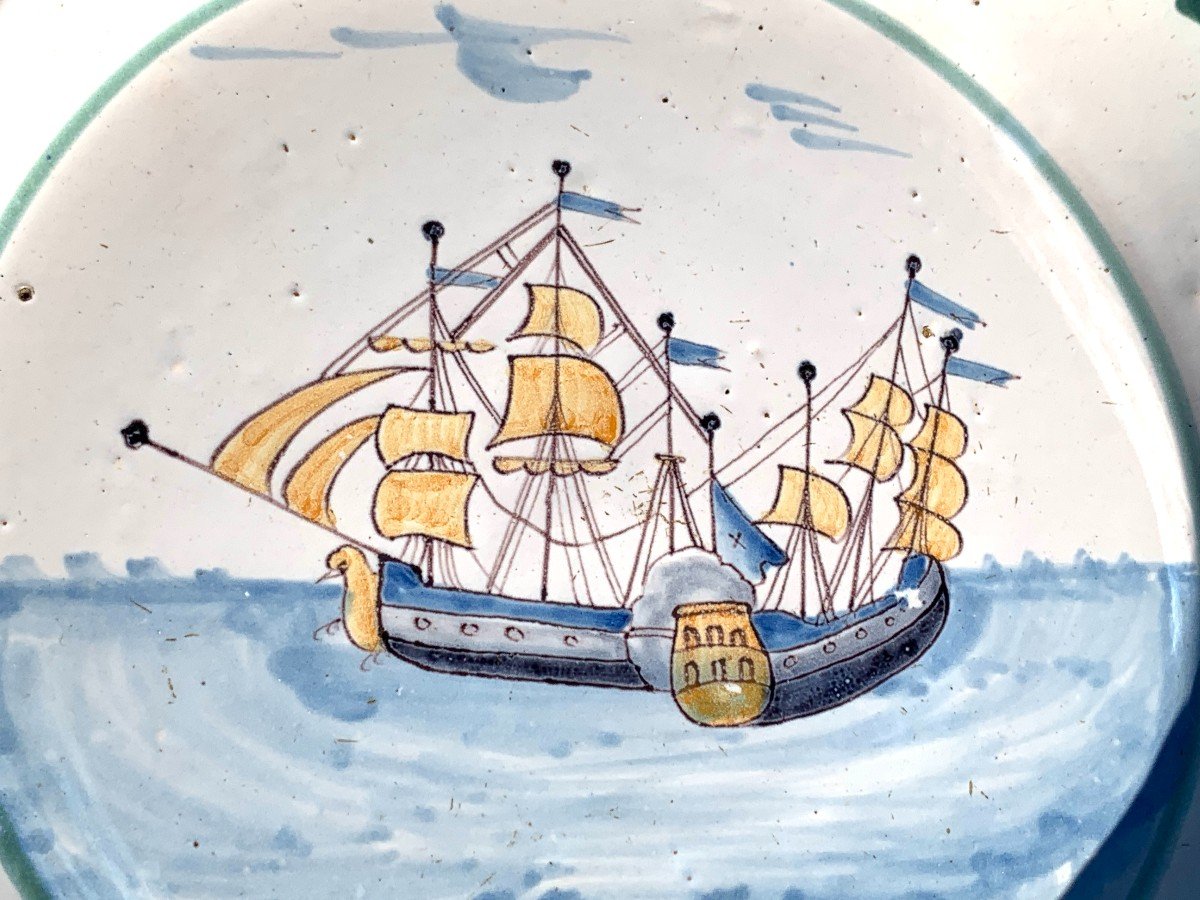
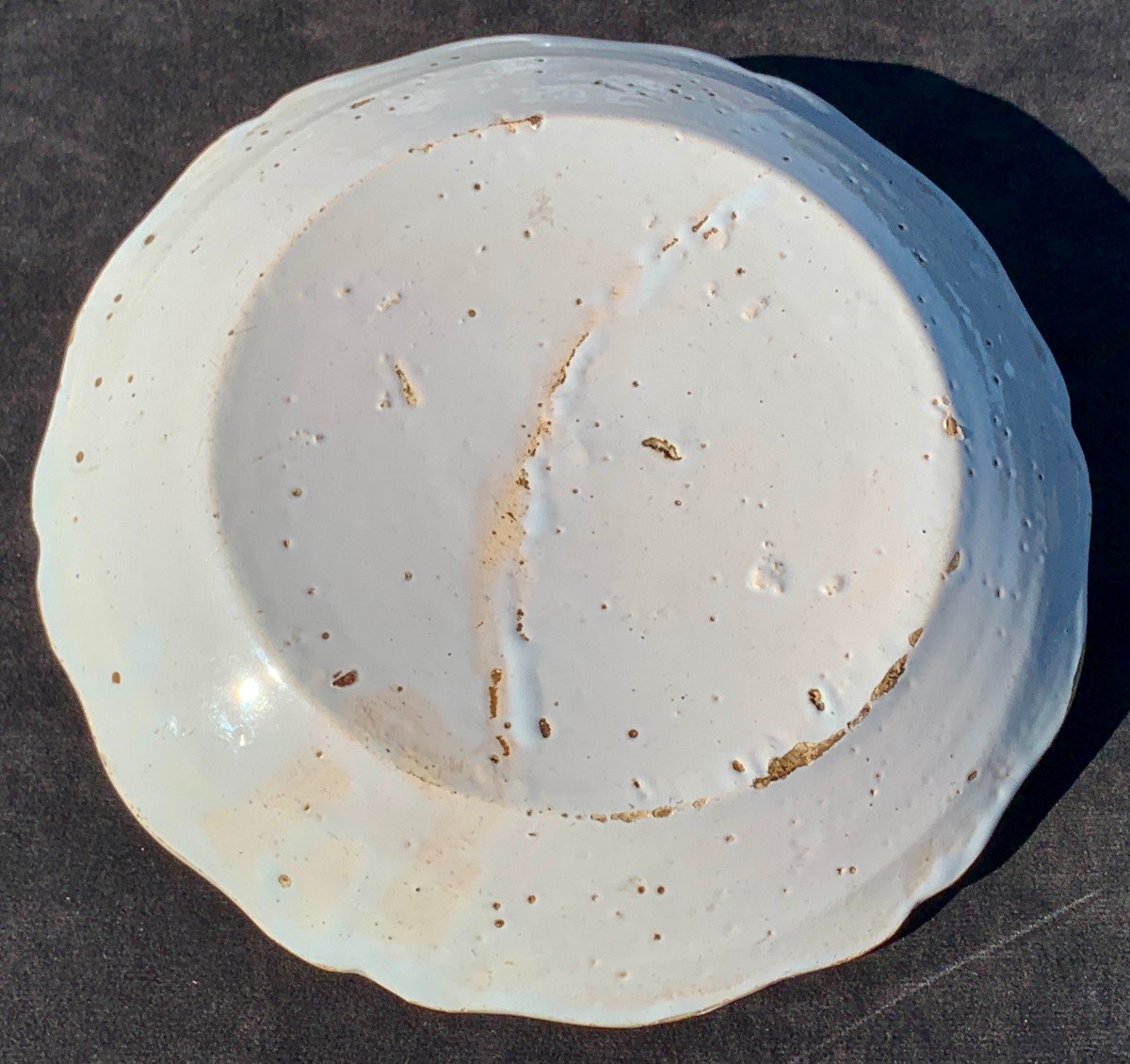
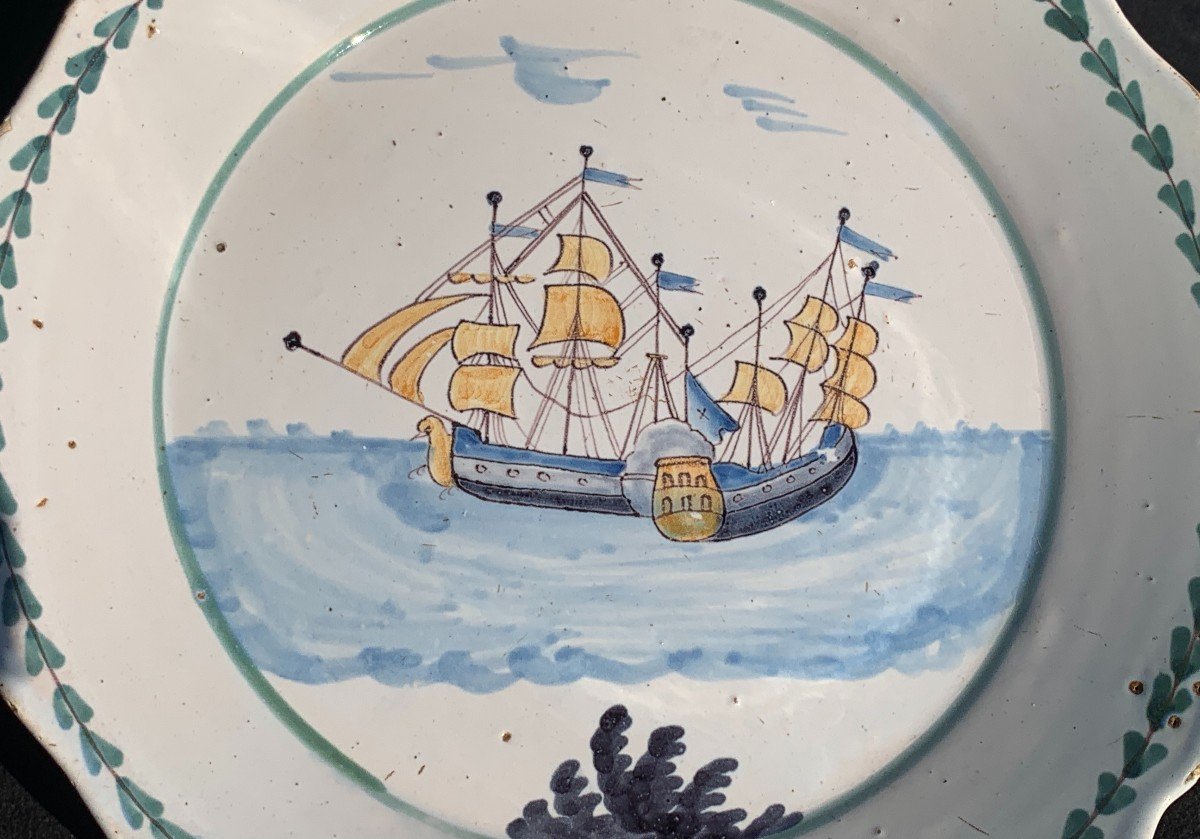
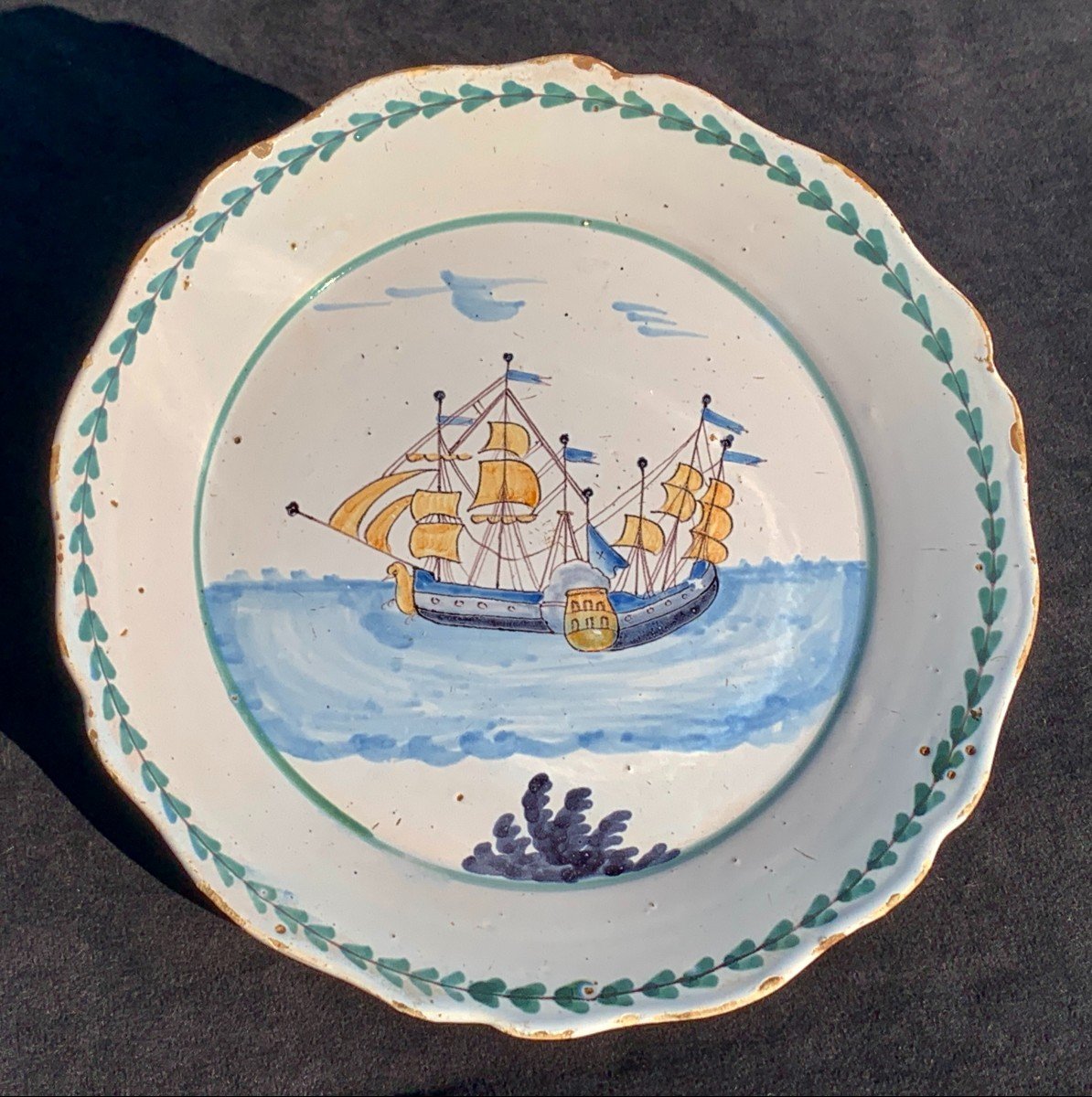
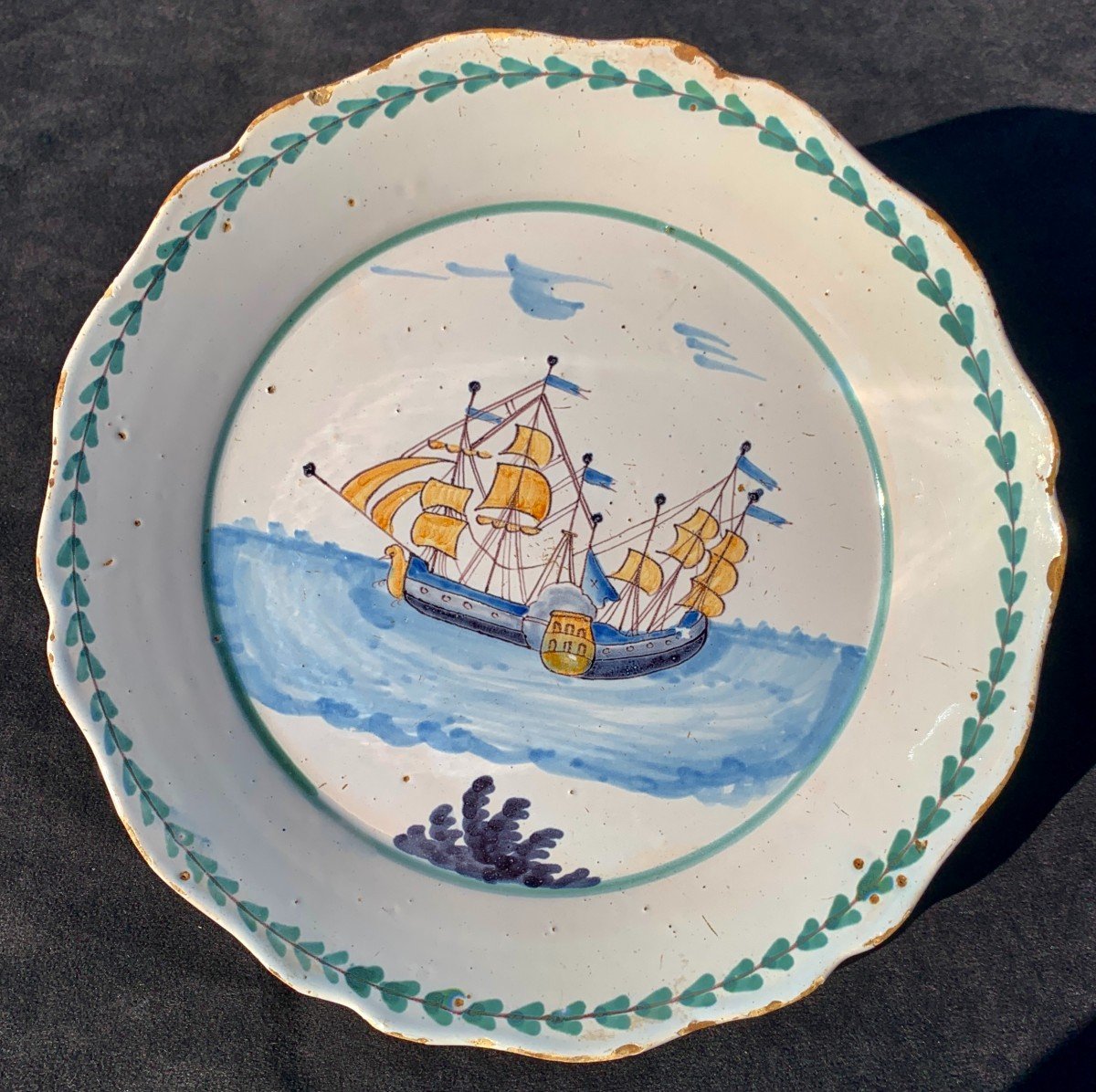
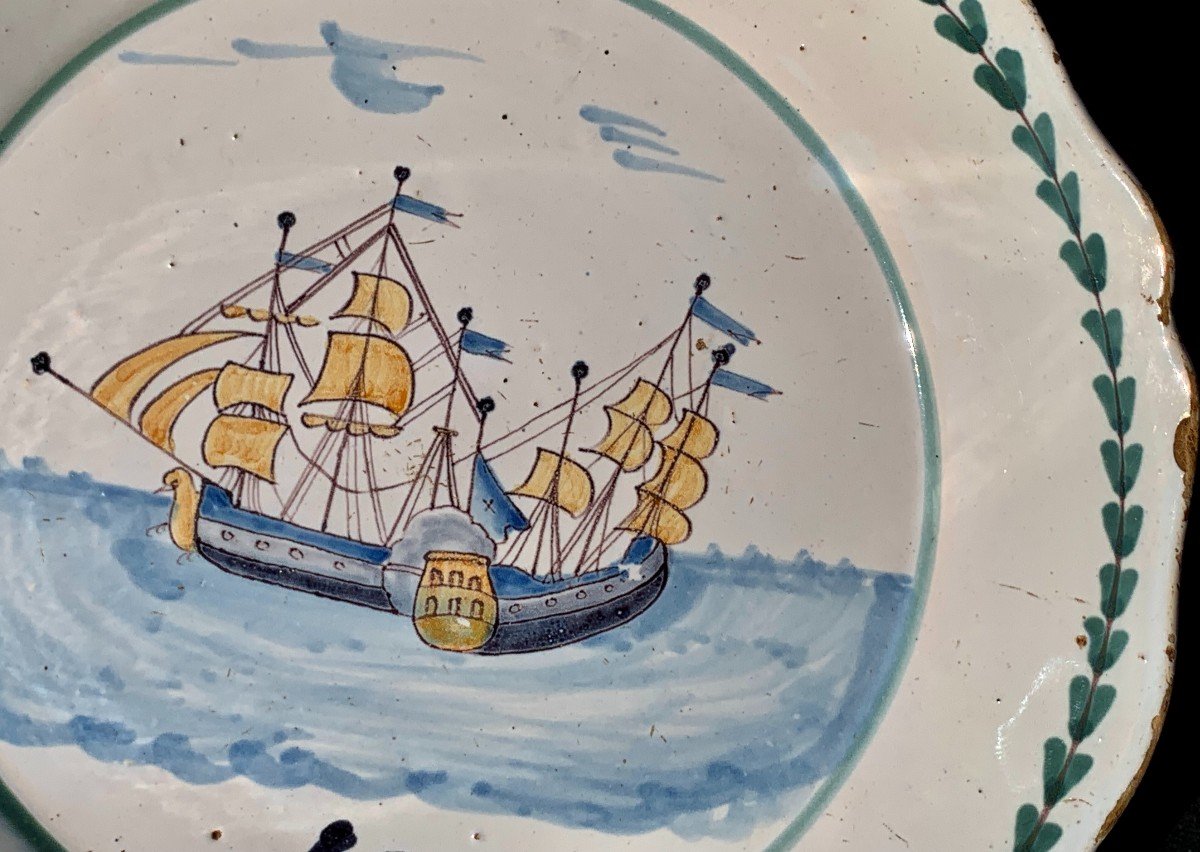


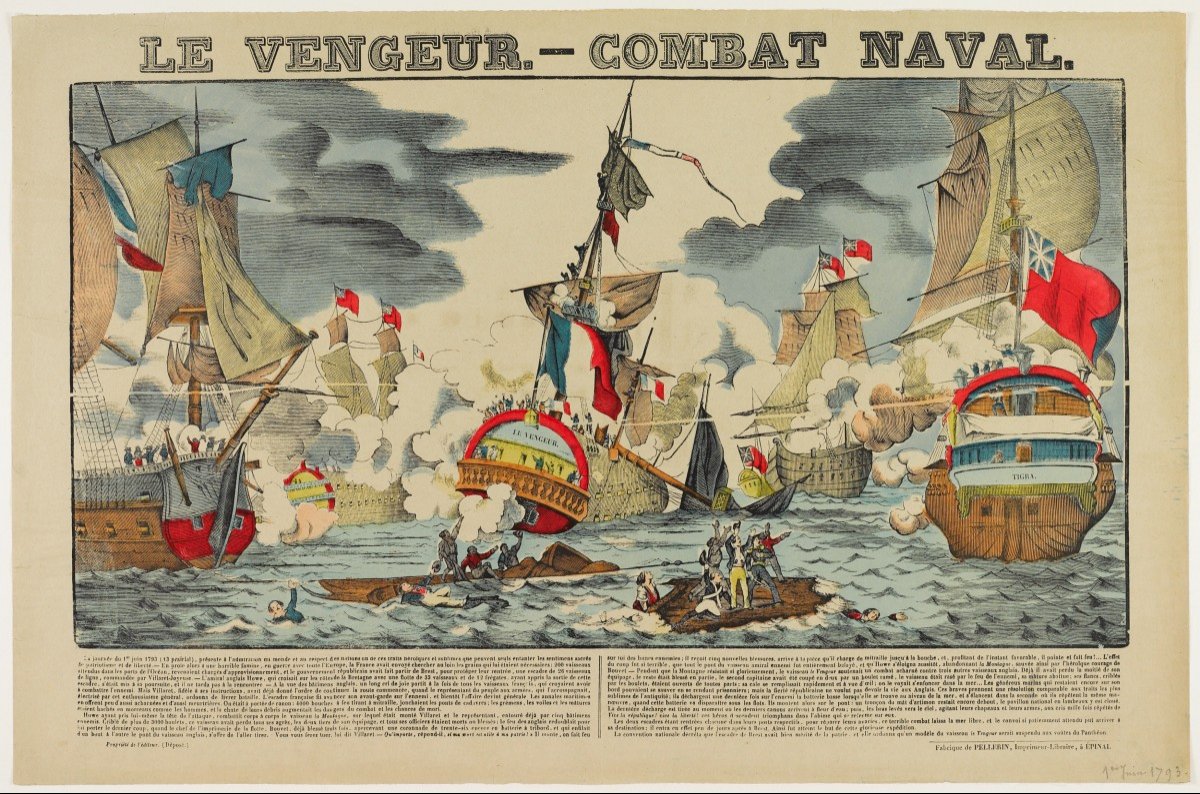
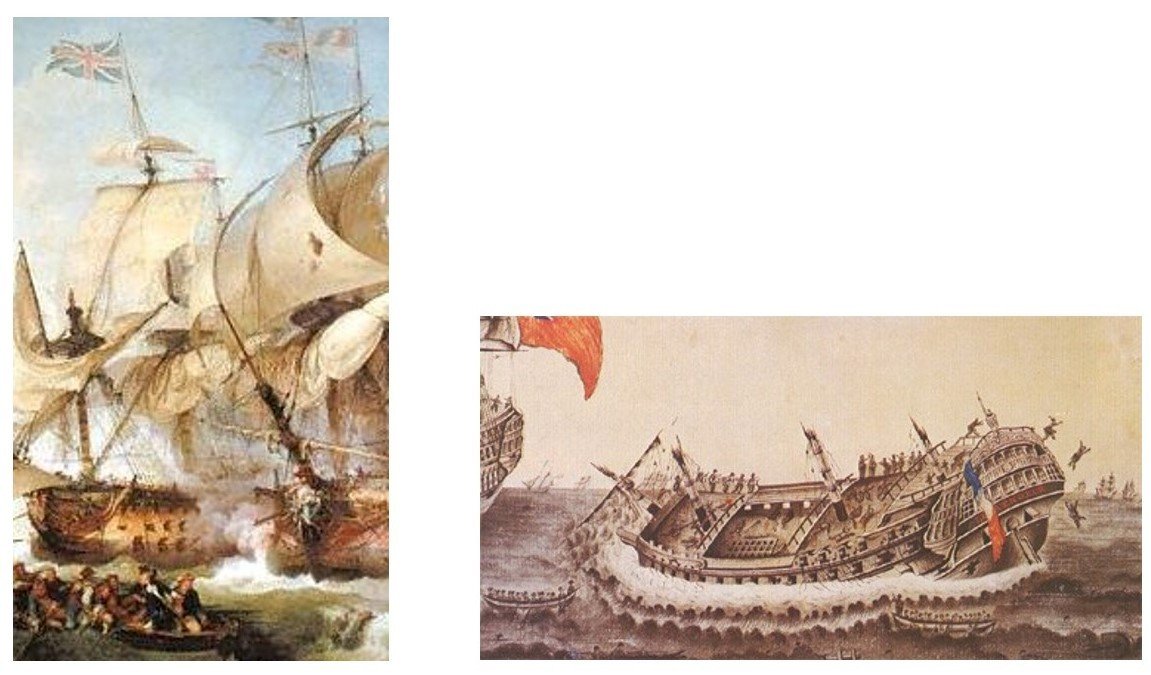

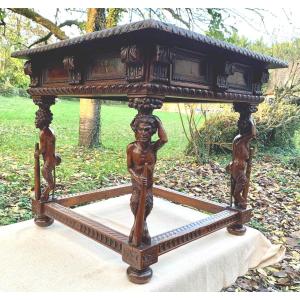

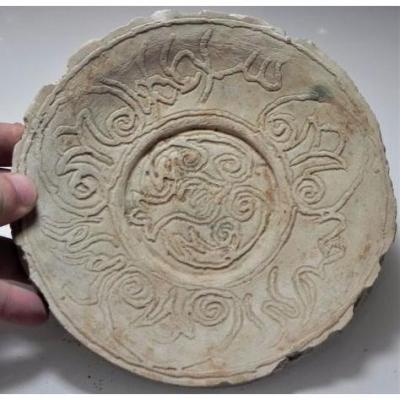




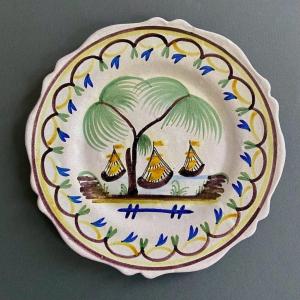






 Le Magazine de PROANTIC
Le Magazine de PROANTIC TRÉSORS Magazine
TRÉSORS Magazine Rivista Artiquariato
Rivista Artiquariato
